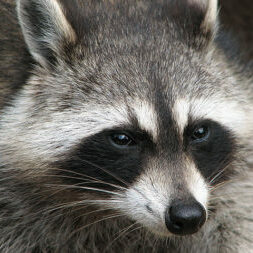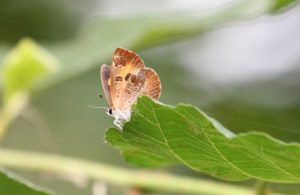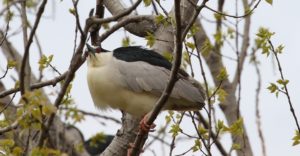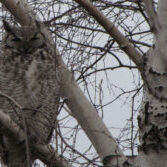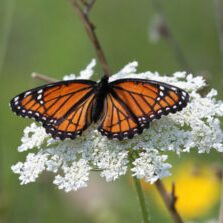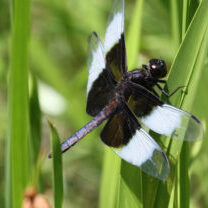Take a second look …
The yellow eyes of the Saw-whet Owl are so startling, their gaze so steady, that we tend to ignore everything else. It’s easy to miss the trace of blood just below the owl’s bill, a smear of something that changes the way we look at the bird, that deepens our understanding of it. What discoveries might we make if we took that second look more often, if we trained ourselves to see?
Latest Posts
Connemara
In August, my wife and I spent two weeks in Ireland, where we joined a bike tour through the region on the west coast known as Connemara. As with many things in Ireland, nobody agrees on the exact boundaries of this area, so let’s just say it includes much of the coastal parts of counties Galway and Mayo. Most of Connemara is a succession of peninsulas that jut into the Atlantic Ocean, and everywhere the land is hilly or mountainous. It often strikes the visitor as inhospitable, depopulated, and bleak. I have an Insight Guide from the early 1990s … Read more
Read MoreThe Harvester
I talked with a birder several years ago who was also an amateur artist. We were on a field trip to Amherst Island, where there’d been reports of a Eurasian Wigeon. At the time, this was a life bird for me, so I was understandably excited. My companion was indifferent. He wanted to talk about the much more common American Wigeon, whose plumage fascinated him. As an artist, he found the bird a challenge. The color of the breeding male—on the back and along the side—was indescribable and almost impossible to duplicate in a painting. “It’s actually a very delicate … Read more
Read MoreSummer Birds, 2
A few weeks ago, I spent an hour at the Black-crowned Night Heron colony on the Leslie Street Spit, watching the birds build their nests. The males were in their mating finery, which means bright plumage—cream-colored below, grey and slate-blue above—and two long, thin plumes that stick out of the head and arch over the back. Each male gathered twigs and tree limbs and delivered them to the nesting site the female had chosen. Then both birds arranged their material roughly into the shape of a nest or, more accurately, a nesting platform. A male Night Heron doesn’t pick up … Read more
Read More
